Raised bed vegetable garden soil soil needs to be replenished periodically. If you’ve done your job right and selected great soil, and amended it with nice compost, you’re going to have super garden soil for the first few years. Because you don’t walk on a raised bed garden the way that you do with typical garden beds, the soil stays light and fluffy. Plants love it.
After a while, though, you’ve got to replenish the soil. Plants do take up nutrients, so the soil begins to lose fertility over time. In my own garden, I lose some soil each gardening season as I harvest vegetables such as carrots, potatoes and others that you pull up completely. No matter how I shake the veggies out, some of the soil sticks to the roots.
Raised Bed Garden Soil Amendments
Now that my raised beds are about seven years old, it’s time to get serious about soil. I was disappointed last year with some of our vegetable harvest, especially the peppers. This year, I’m taking a few steps to replenish the soil:
- Mushroom compost: Mushroom compost is rich composted blend of growing media used in the mushroom farming industry. It’s composted hay, straw, horse stall bedding, manure, cocoa shells, gypsum and peat moss. The gypsum adds lime to the mixture, which is excellent for our acidic soils. Mushroom compost improves soil structure, adds nutrients, and balances soil pH. For more information on mushroom compost, see Mushroom Compost.
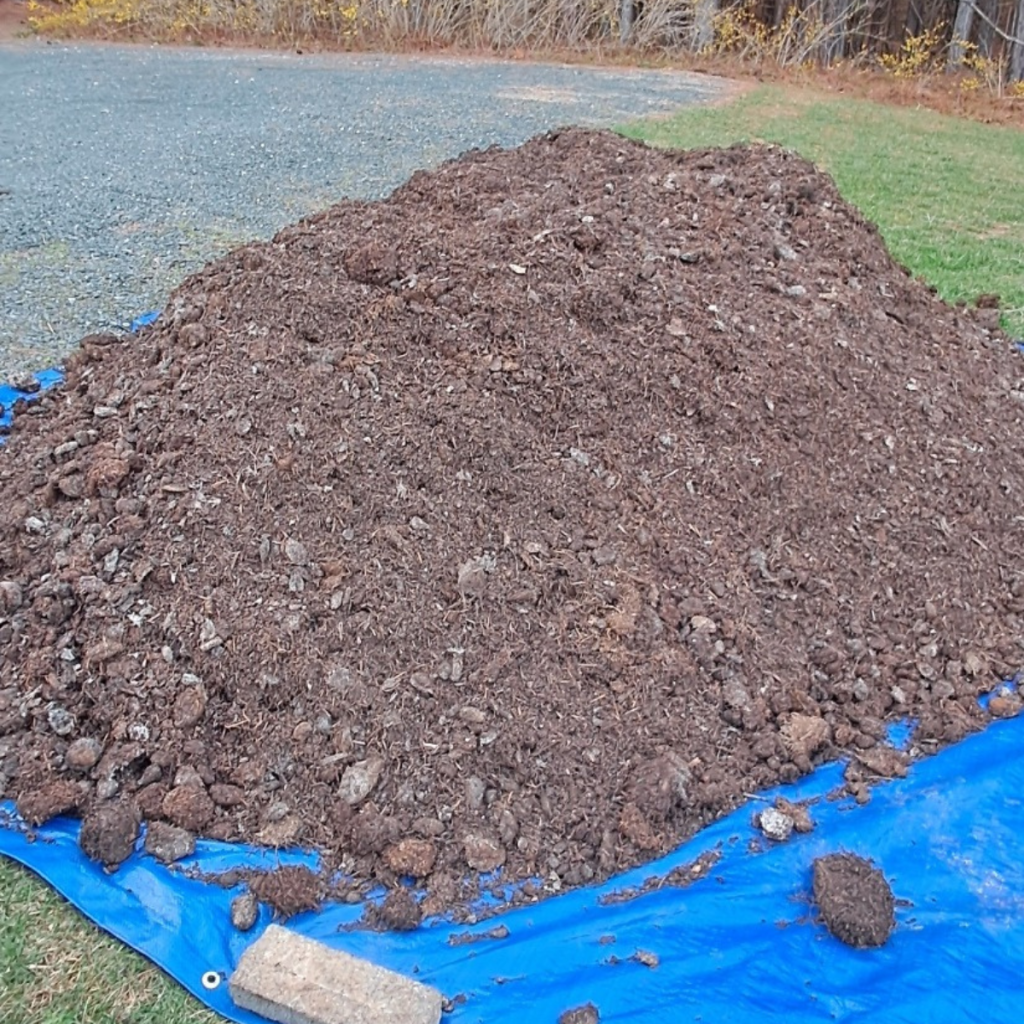
- Garden compost: Garden compost is the gold standard for soil amendments. Composting is easy to do. You can compost grass clippings, autumn leaves, and kitchen vegetable and fruit scraps. I have a full guide to creating a compost pile and composting system.
- Crop rotation: For the past three or four years, I’ve always planted my tomatoes here, my peppers there. I realized that I had neglected to rotate my crops, a really big sin in the gardening world.I planned my garden this year to grow everything in different spots except for a few of the fixed crops so that the soil can be replenished a bit. Peas and beans both fix nitrogen into the soil, or make it bio-available for other plants, so I hope to plant beans and peas in the beds former occupied by tomatoes to rebuild the soil.
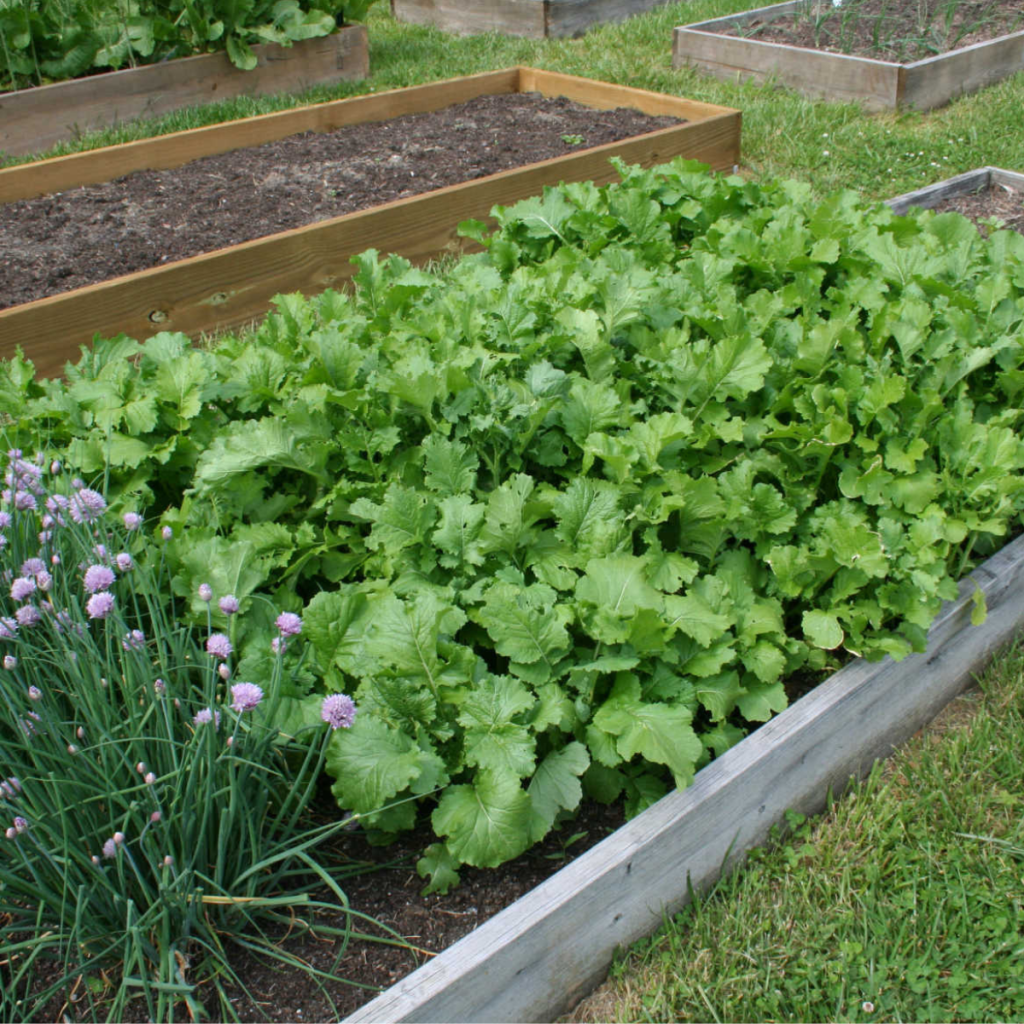

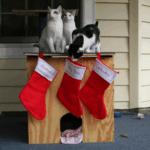
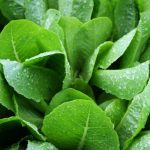

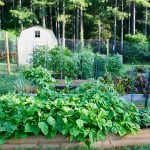
[…] Replenishing Raised Bed Garden Soil […]